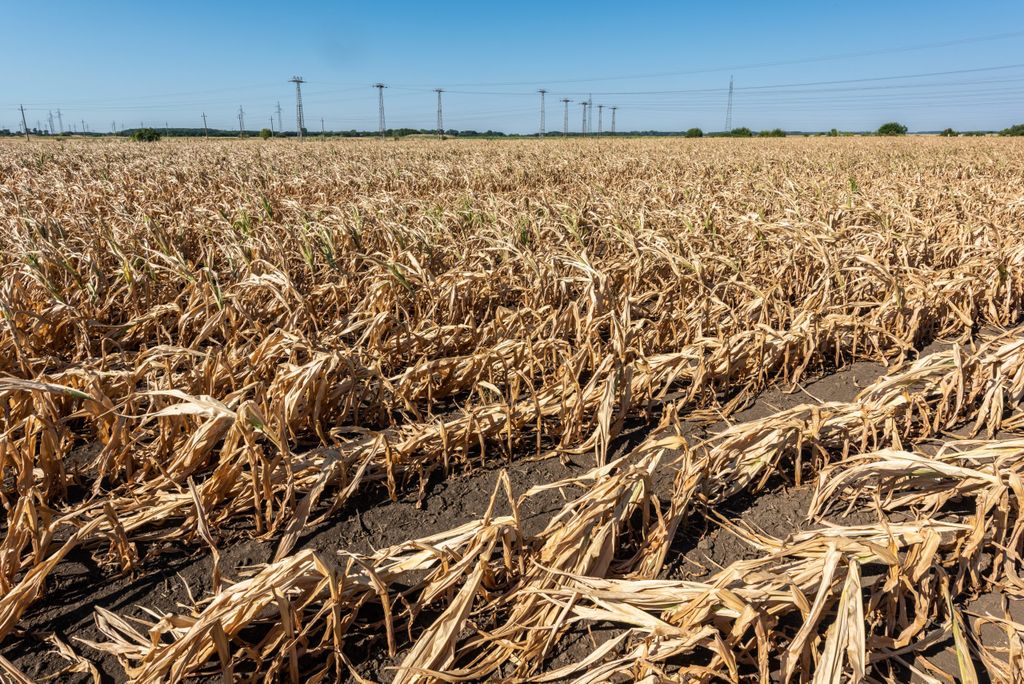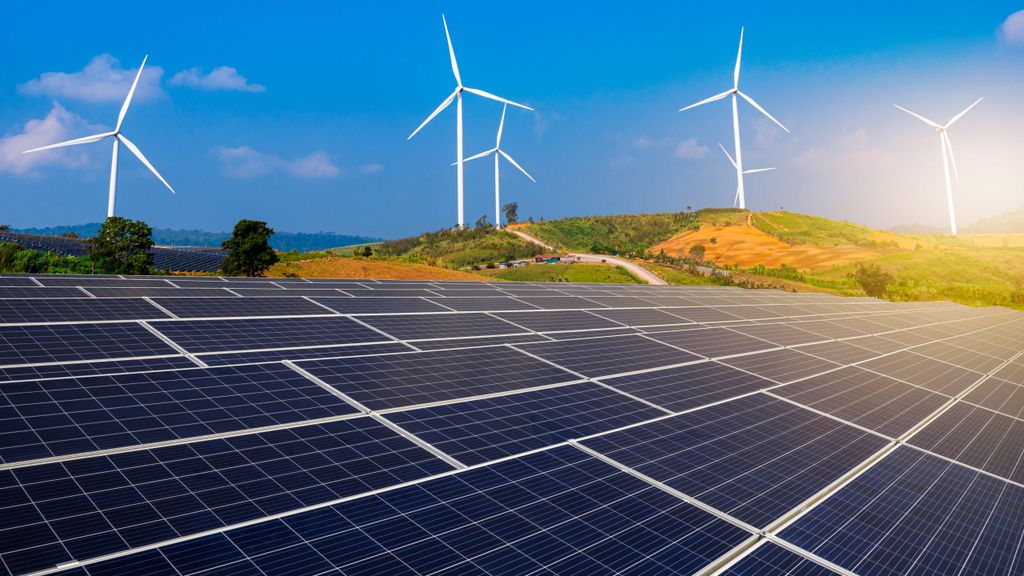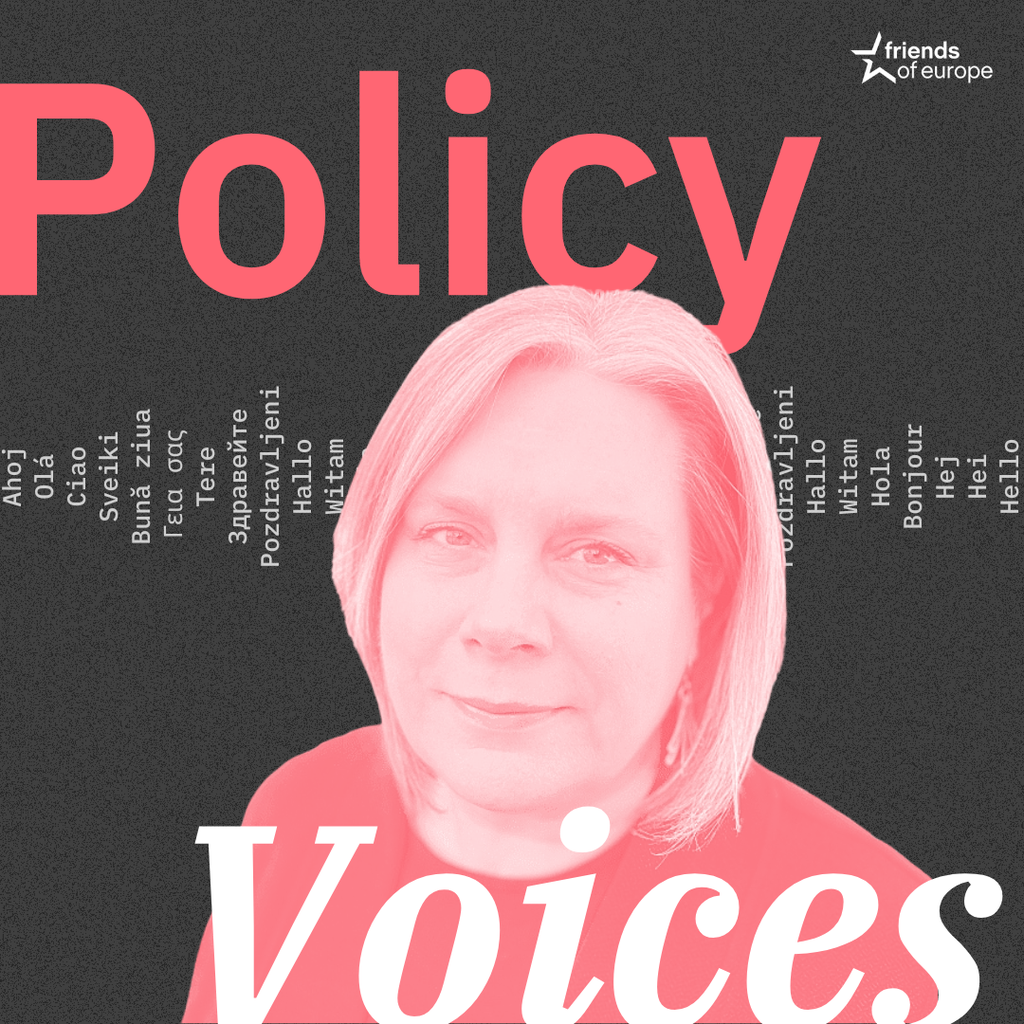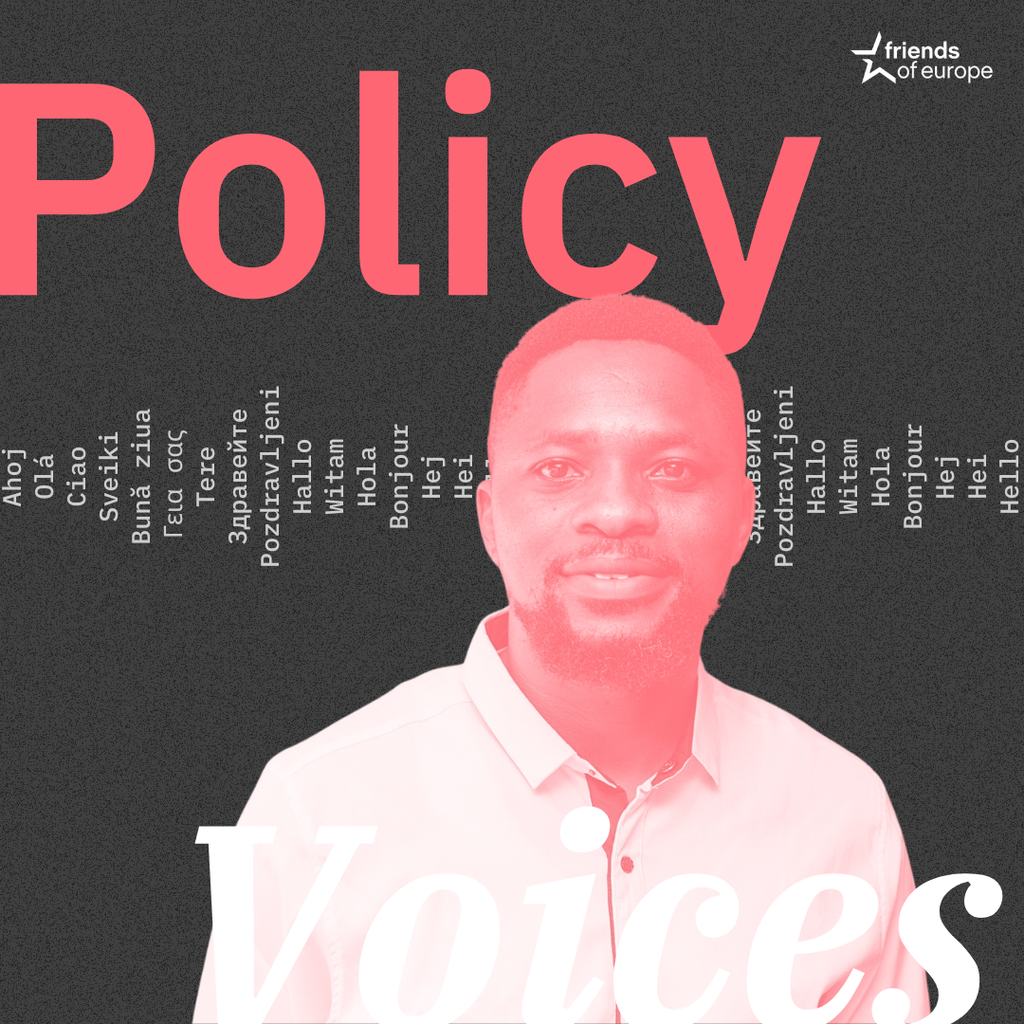A bold vision for a climate-neutral and competitive Europe
Next event In person & livestreamed

- Area of Expertise
- Climate, Energy & Natural Resources

Director at E3G
The European Union’s budget is among Europe’s most powerful tools for fighting climate change. But to be successful, the new budget will need to not only increase investment in climate action and resilience, but also increase the impact of climate spending – and avoid funding projects that contradict EU climate goals. While the European Commission’s new budget proposals take steps in the right direction, further strengthening will be needed as negotiations progress to achieve the scale of transformation needed.
The new proposals for 2021-2027 are the first since the landmark Paris Agreement on climate change was signed in 2015. Meeting the Paris Agreement goals requires redirecting both public and private investment. The EU budget is a key tool for doing this: it can leverage in private investment; address market failures such as underinvestment in innovation and efficiency; respond to the social challenges of the energy transition, and act as a political signal for investors and the rest of the economy.
The biggest headline announcement on climate in the new EU budget proposals is an increase in the proportion of climate-related spending to 25%, compared to 20% in the previous budget period. The significance of this proposal should not be underestimated. At a time of extraordinary pressure on the EU budget, spending on climate will rise by €16 bn per year. In the absence of the United Kingdom ‒ a major recipient of EU climate funds ‒ the impact felt by the remaining member states will be even higher.
The European Union’s budget is among Europe’s most powerful tools for fighting climate change
Nevertheless, this increase is small compared to the size of the challenge. The Commission estimates that investments of €170 bn per year in clean energy alone are needed to meet the EU’s climate and energy targets. The 25% figure may be higher than the previous 20% target, but it is lower than the 30% demanded by the European Parliament, and well below the 40% for ecological transition put forward by French President Macron.
Attention is also needed on what is counted as climate-related spending. The European Court of Auditors has called for greater clarity on the methodology used for assessing climate-related spending. In the current period, the majority of so-called ‘climate’ spending went towards agriculture and railways. Both are important sectors but on their own, they are only a small part of the transformation needed to decarbonise Europe’s economy.
Beyond the overall level of spending, the key challenge for the next EU budget is to refocus spending on the areas with highest impact. The new budget proposals contain several important developments. InvestEU is the primary investment instrument in the new budget. One of four investment windows in InvestEU focuses on sustainable infrastructure, and the programme is designed to centre on overcoming barriers to investment and building better project pipelines. This is particularly important for areas such as energy efficiency, where non-economic barriers and the decentralised nature of projects have led to underinvestment in the past.
The EU’s new innovation programme, Horizon Europe, has been reformed to focus on a number of cross-sectoral ‘missions’, for example reaching 100 zero carbon cities by 2030. This shift of focus from technologies to outcomes will help direct spending to the most critical areas of innovation needed to achieve a full decarbonisation of Europe’s economy by 2050. Similarly, the Connecting Europe Facility – which focuses on energy infrastructure – has been broadened from only supporting pipelines and wires to also supporting cross-border renewable energy projects.
The EU has committed to ending fossil fuel subsidies by 2025 – well within the period of the next EU budget
Finally, the EU needs to ensure that the other 75% of spending is in line with its climate objectives as well. As part of the G7, the EU has committed to ending fossil fuel subsidies by 2025 – well within the period of the next EU budget. Here, the Commission’s new proposals are still mixed, and even contradictory: Proposals for cohesion policy spending set out a clear exclusion list that prohibits spending on the production, processing, distribution, storage or combustion of fossil fuels. By contrast, in the Connecting Europe Facility proposals, spending on fossil fuel pipelines is not excluded, but rather included as a marker of successful performance.
While a broad promise of “climate proofing” has been made in several files, this commitment is missing from other areas of the EU budget, and the details of what climate proofing actually entails have not been spelled out.
Negotiations over the EU budget are never easy, and the Commission’s proposals to increase climate spending at a time of significant political pressure on the EU budget are to be welcomed.
Nevertheless, to be truly in line with Europe’s Paris Agreement aspirations, even more attention will be needed on not just increasing EU spending on climate but making it less contradictory and more transformational.
Next event In person & livestreamed

Past event In person & livestreamed

Past event In person & livestreamed

Past event In person & Livestreamed





Stay informed
We use cookies and similar technologies to adjust your preferences, analyze traffic and measure the effectiveness of our campaigns. Learn more about our privacy policy.